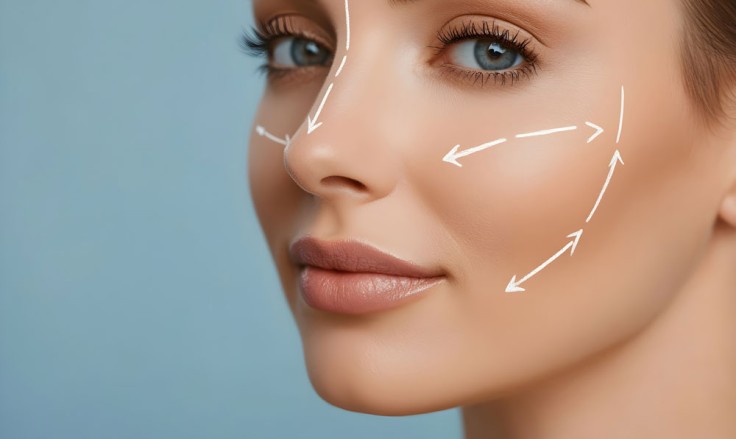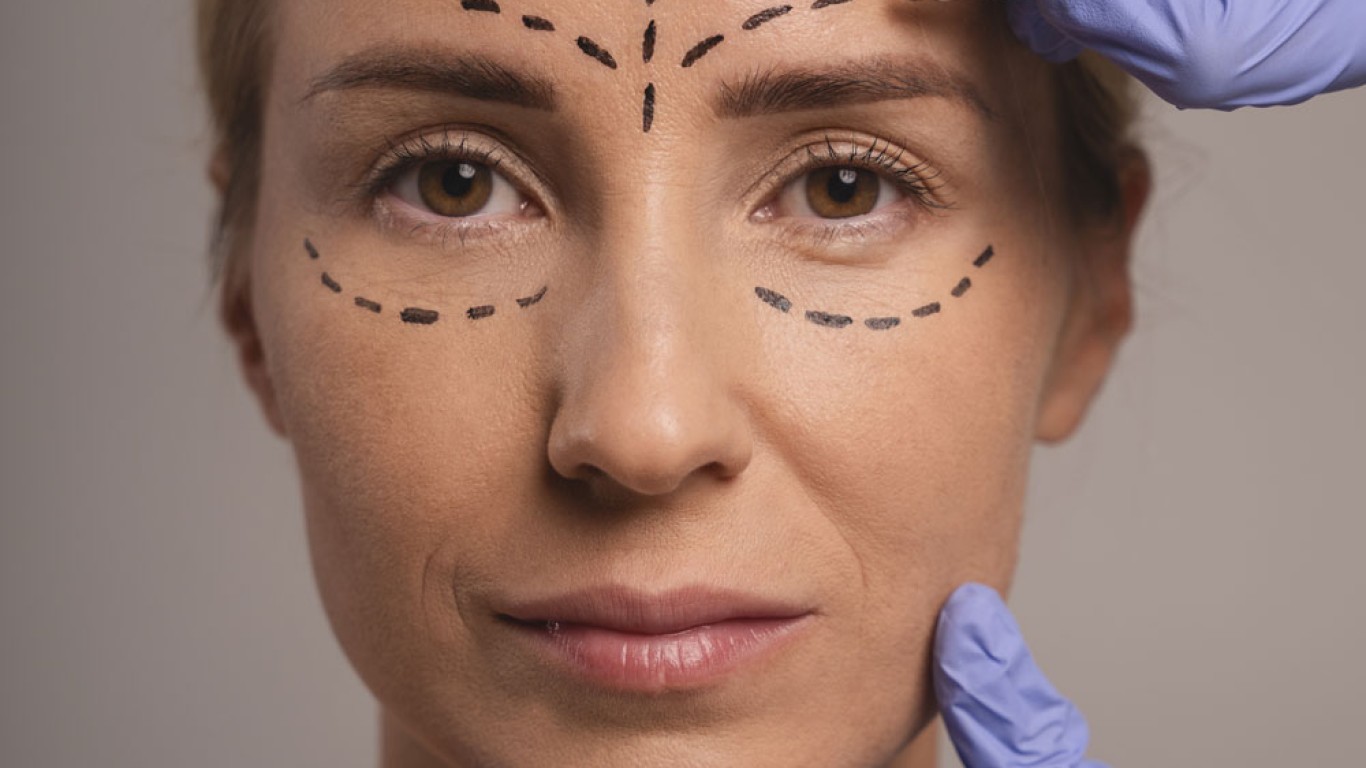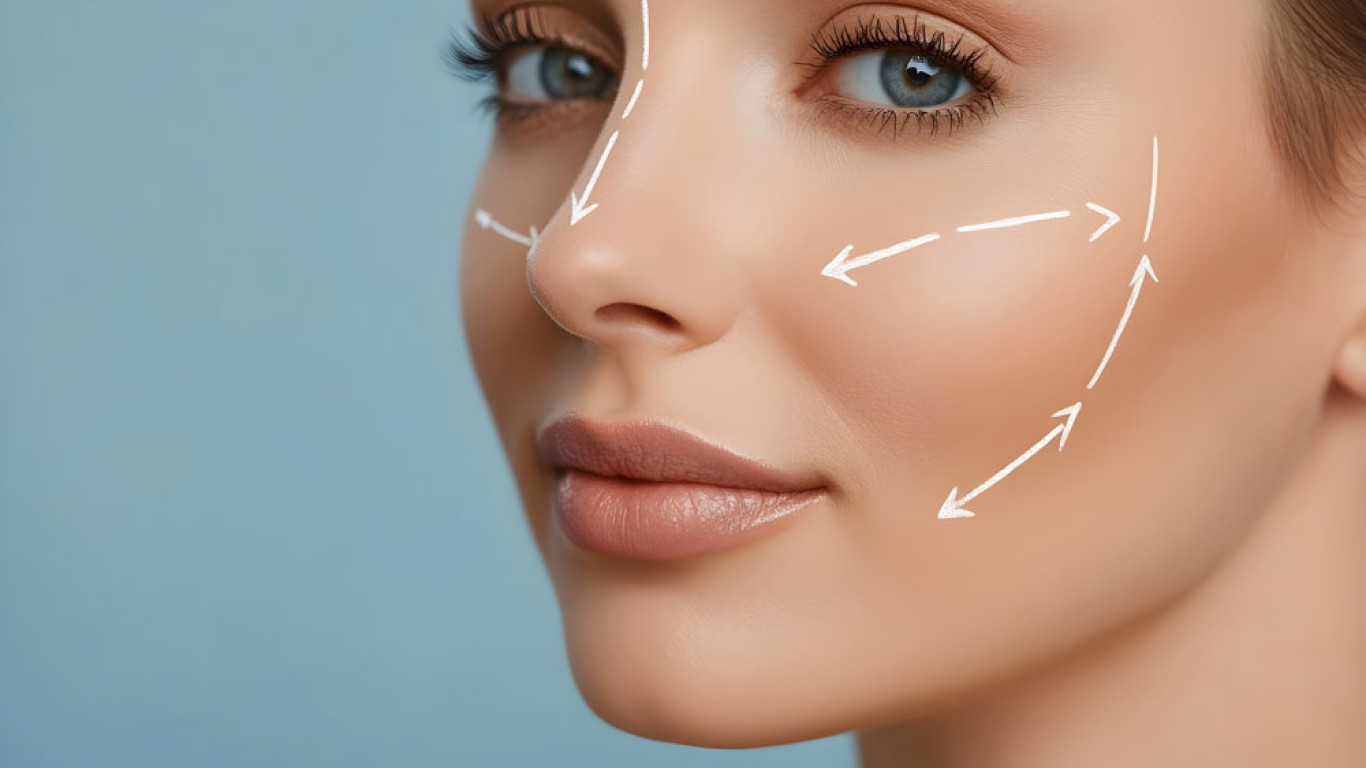Introduction
Cheek structure plays an important role in facial balance. As ageing progresses, the midface can lose support due to changes in fat distribution, ligament strength, and bone structure. These changes affect facial shape and shadow patterns. Many individuals choose cheek fillers to restore structural balance without altering natural proportions. This guide explains how cheek fillers create subtle enhancements and how specialists plan treatment. We also look at which techniques are used in 2025 for predictable and refined results.
Why the Cheeks Change Over Time
The cheeks rely on deep fat pads, bone projection and ligament support for shape. With age, these components shift or reduce in volume. The malar fat pad descends, ligament tension decreases and bone remodelling changes the contour. Additionally, midface hollows and altered shadow patterns become more visible. Cheek fillers address these changes by restoring targeted volume in precise layers. Instead of creating large or dramatic changes, modern techniques focus on balanced structural improvement.
What Are Cheek Fillers Made Of?
Most cheek fillers use hyaluronic acid, a substance that attracts water and blends well with soft tissue. Hyaluronic acid integrates smoothly and maintains predictable behaviour. Additionally, this material can be adjusted or dissolved if refinement is needed later. Some fillers use calcium-based microspheres for deeper support. These options stimulate collagen over time and provide a firmer foundation. Specialists choose the material based on tissue behaviour, depth and contour goals.
How Specialists Assess the Midface for Cheek Fillers
Assessment involves studying cheek projection, ligament strength, fat pad position and bone structure. Specialists also analyse the relationship between the upper, mid and lower face. This is because cheek shape affects all surrounding areas. Additionally, 3D imaging tools are used in 2025 to map asymmetry and highlight areas where structural support has changed. These assessments guide placement for cheek fillers and ensure the enhancements remain subtle and controlled.

Deep vs Superficial Placement of Cheek Fillers
Placement depth determines how fillers influence facial shape.
- Deep placement: Supports bone structure and restores projection. It enhances contour without surface fullness.
- Superficial placement: Treats fine contour changes but is used sparingly in the cheeks.
Most subtle enhancements rely on deep placement because it lifts and supports the midface without creating surface prominence. This method allows cheek fillers to align with natural anatomy.
Layered Cheek Filler Injection Technique for Natural Results
Many specialists use layered injection techniques. They place a primary layer for structural support, then add small adjustments for contour. This prevents overfilling and maintains natural transitions between facial regions. Because midface anatomy varies widely, layered techniques allow precise control. Subtle enhancement comes from restoring original shape rather than adding new volume patterns.
How Cheek Fillers Improve Midface Contours
Cheek fillers support the tissues above them. When placed along the zygomatic arch, they lift the midface subtly. When placed in the medial cheek, they soften hollowing and improve facial angles. Because the filler supports deeper tissues, it influences shadow patterns without creating sharp borders. This approach helps maintain proportional balance. Many individuals prefer this type of enhancement because it aligns with natural facial structure.
Avoiding Overfilled Appearance
Modern approaches focus on balance rather than volume. Overfilling creates rounded contours and disrupts natural lines. As such, specialists try to avoid excessive product use. Instead, they follow a measured approach based on facial width, height and projection. Additionally, AI-supported imaging tools in 2025 show predicted outcomes based on different filler volumes. This helps specialists choose conservative placement for subtle refinement.
The Role of Ligament Support in Cheek Fillers
The cheek region contains important retaining ligaments. These ligaments provide natural support but weaken with age. Cheek fillers can mimic ligament function by reinforcing deeper support zones. This improves how overlying tissue behaves. Strengthening these areas provides more natural shape than surface filling alone. It also helps the midface maintain smoother transitions between regions.
Choosing the Right Cheek Filler for Subtle Enhancement
Fillers vary in thickness, lift capacity and integration behaviour. For structural enhancement, firmer fillers are used deeply. For contour refinement, softer gels offer more flexibility. Specialists also consider longevity because different fillers maintain shape for different durations. Choosing the correct filler ensures cheek fillers provide consistent and subtle results throughout their lifespan.
Conclusion
Cheek fillers offer subtle and controlled enhancement by supporting deep structures. They effectively refine contour and restore balance across the midface. Modern techniques in 2025 rely on layered placement, advanced imaging and natural anatomical alignment to ensure predictable shaping. Through careful assessment and injection methods, specialists create refined improvements that complement existing facial structure.
Are you considering cheek fillers? Book a consultation via the ACIBADEM Beauty Center dermal fillers page.
Frequently Asked Questions
They support deep tissues and refine contour with controlled placement.
When placed deeply, they integrate smoothly with surrounding tissues.
They typically last twelve to eighteen months depending on the product.
Yes, they often complement jawline or tear trough treatments.
Recovery is short, with mild swelling resolving quickly.














